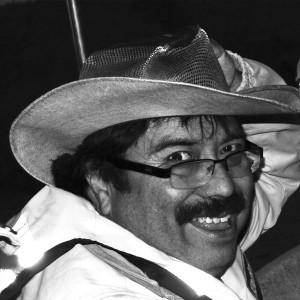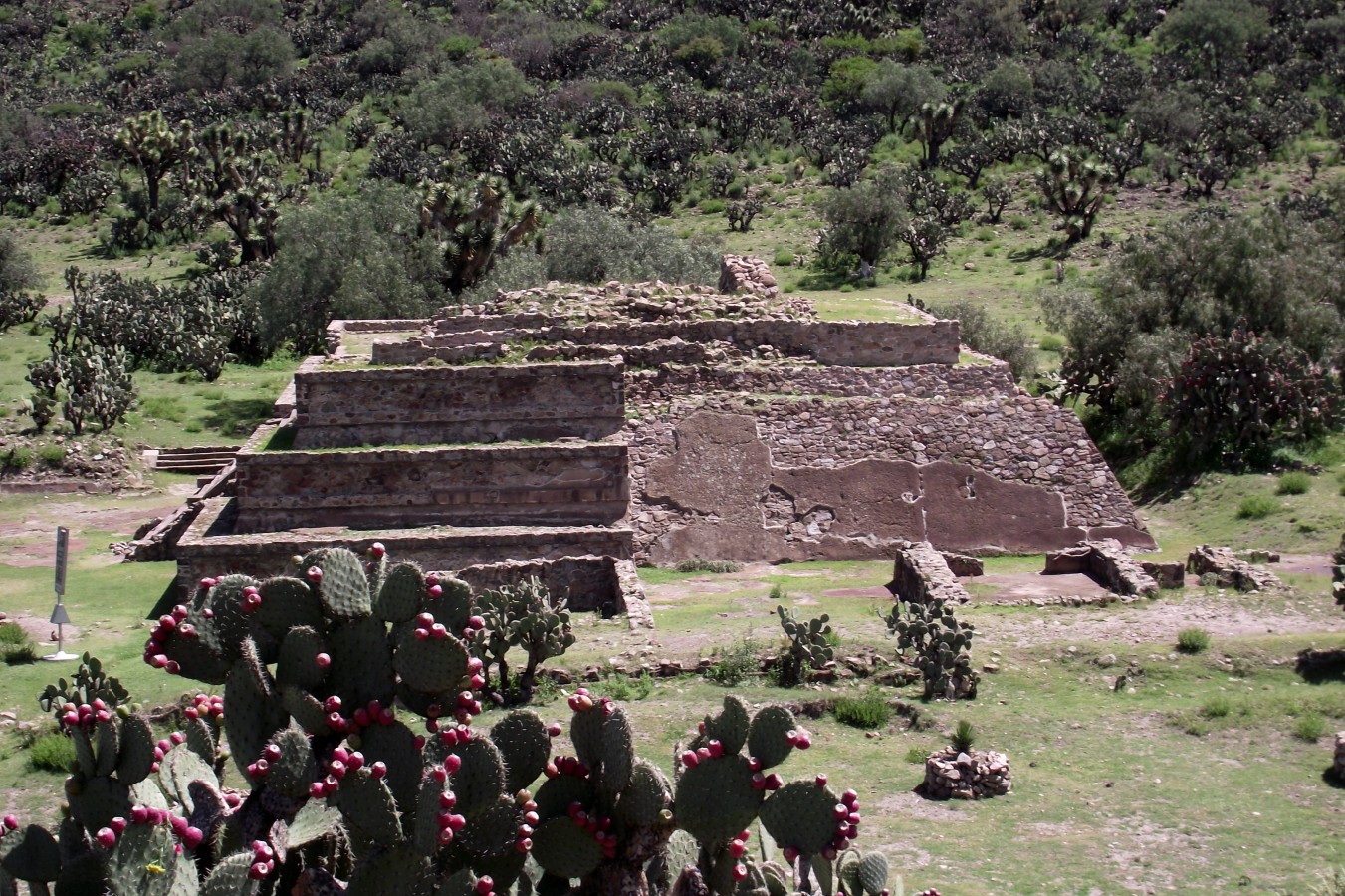Xihuingo is an important settlement of the Classic period from 200 to 750, in the southeast of the state of Hidalgo. The rocky landscape enabled the ancient inhabitants to produce the rock carvings and paintings on the various outcrops, walls, rock shelters and mounds. A variety of messages have been carved into the rocks in the form of curvilinear and spiral designs, anthropomorphic figures, models, calendar signs and the so-called pecked crosses.
The cross motif was also found at Teotihuacan as well as in such distant places such as Huaxactun and Seibal in the Mayan region, and Cerro Chapín in the north of Mexico. Studies carried out by well-known researchers such as Anthony Aveni and Horst Hartung indicate that the pecked cross symbol had a calendrical or astronomical meaning, however given the great variety of pecked cross designs, there are other interpretations. They could, for example, have been used as games tables in the style of patolli, which was played by the Aztecs in more recent times.
With nearly 50 pecked crosses recorded at Xihuingo, it is the site with the highest incidence of this important graphic motif in Mesoamerica, hence the important status of pecked crosses within this branch of research.
The archeologist Matthew Wallrath has researched the subject of pecked crosses at Xihuingo since the end of the 1970s. He found 46, 38 of which are well preserved. Together with Jesús Galindo and Alfonso Rangel, Wallrath proposes that the concentration of pecked crosses in these three or four places is not by chance. Rather they were used by the ancient inhabitants in the arrangement of astronomical observation points, including for the observation of certain bright stars, as well as events such as the solar zenith, the summer solstice and to mark certain important dates in the Mesoamerican calendrical tradition.
Xihuingo stands out as an important center of astronomical observation and calendrical calculation within the Teotihuacan culture. It is nevertheless important to continue researching the rock drawings on the site and to carry out new excavations.







